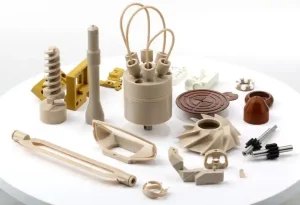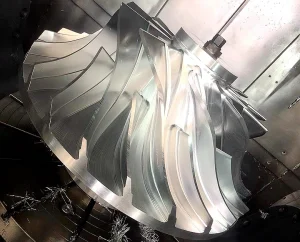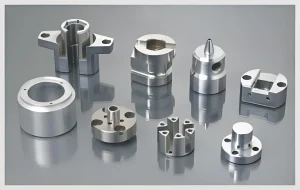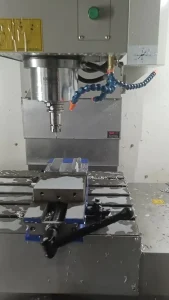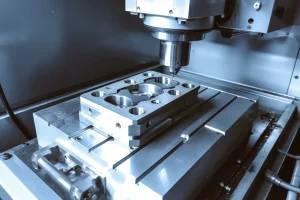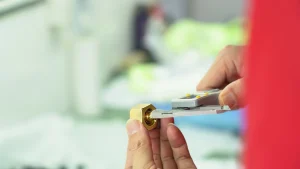Combined processing technology refers to a processing method that combines traditional metal 3D printing and CNC two different processing technologies, combining the advantages of the two technologies to achieve more efficient and more accurate processing. Although metal printing has been able to achieve high-precision manufacturing, for some specific complex parts, the accuracy of metal printing alone cannot meet their requirements. If combined with CNC processing to make up for it, it can not only greatly reduce the cost of metal product parts, but also increase production speed by more than 80%. This processing method has high flexibility, efficiency and cost-effectiveness, can improve precision and quality, and meet higher manufacturing requirements.

Basic principles of CNC machining & basic principles of 3D printing
CNC machining refers to the process of machining using a numerically controlled machine. CNC machines use programs to control the movement and position between the machine’s tool and the workpiece, thereby achieving operations such as cutting, drilling, and cutting of the workpiece.
3D printing, also known as additive manufacturing, is a process that creates three-dimensional objects layer by layer. Compared to subtractive manufacturing processes, which cut products from larger blocks of material, 3D printing reduces material waste.
Application scenarios of “combined processing”
Some special parts usually have complex shapes and precision requirements, which cannot be met by traditional metal printing. However, combined with CNC processing, it can make up for the processing defects of 3D printing and achieve high-precision and high-efficiency processing, thus meeting the quality requirements of the product.
Technical requirements
1. Dimensional accuracy: CNC requires machining accuracy to reach the micron level to ensure the dimensional accuracy of parts, and usually requires multiple cutting to ensure accuracy.
2. Surface quality: CNC machining can achieve high-precision surface machining and ensure the surface quality of parts.
3. Processing speed: CNC machining can improve production efficiency and ensure the production cycle of products by controlling machine tool speed and processing depth.
Case Study
Fine parts are a type of product that requires strict control of precision and quality. It is difficult to meet the requirements only through 3D printing, so CNC is needed to make corrections to improve the safety and effectiveness of the parts. Architectural models are a very popular work of art. Using CNC alone can achieve products with complex and delicate appearance and structure, but the cost is very high. It is recommended to combine 3D printing and other technologies to reduce costs.
Summary
In short, by using the combined processing mode, the advantages of traditional metal 3D printing and CNC can be fully utilized. Different processes can also be flexibly combined according to needs, making the production process more flexible and efficient.

